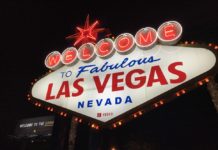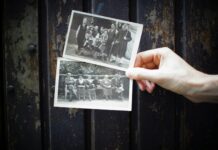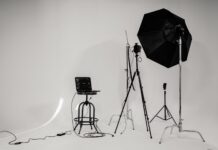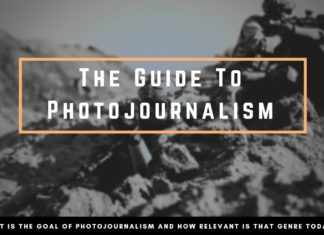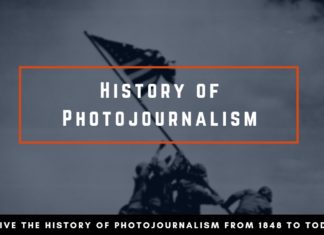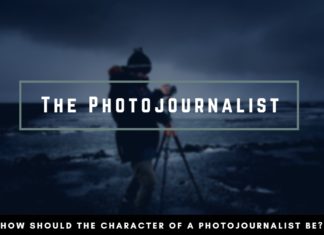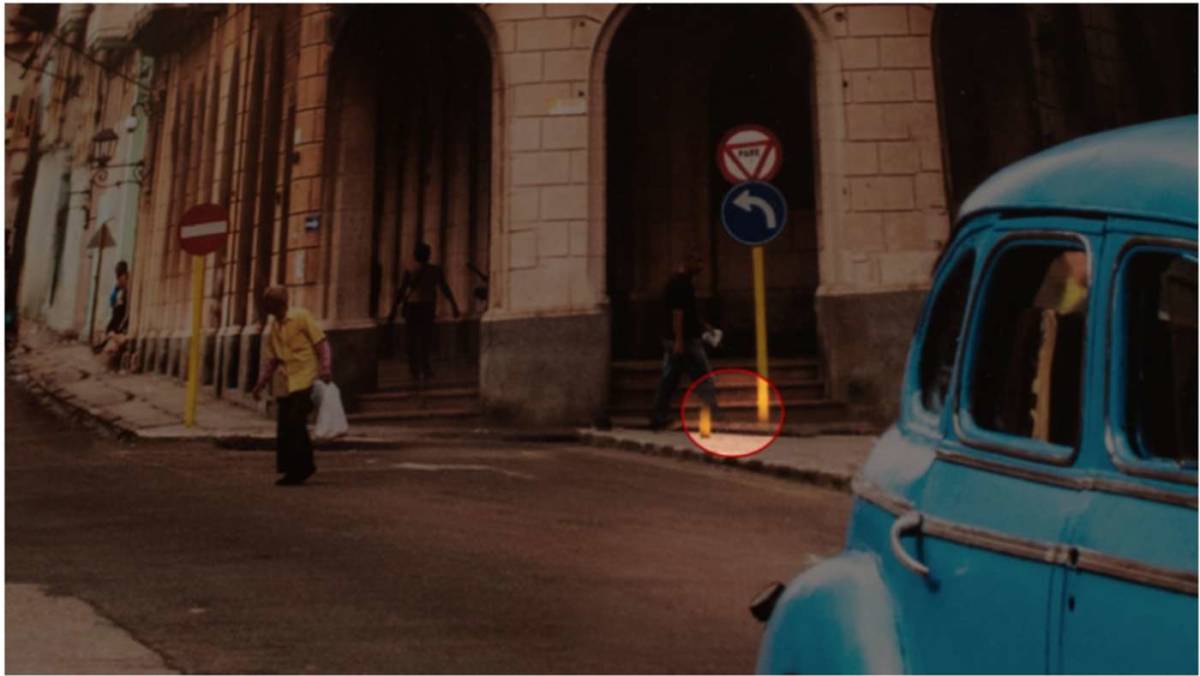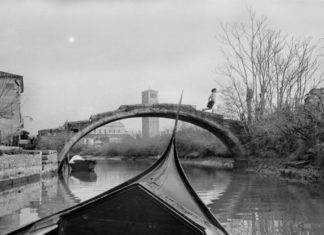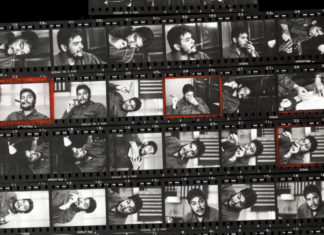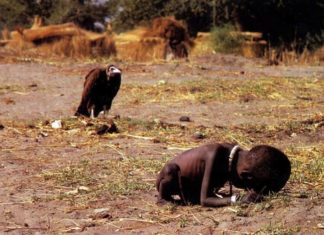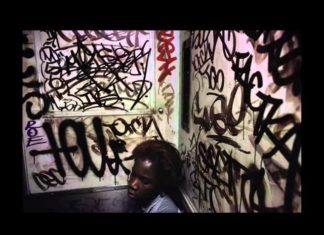When I published my personal list of Top 50 Street Photos of 2016 it became very apparent, that today’s Street Photography World is dominant by male photographers. Although there are a lot of Women in Street Photography out there taking great images every day, only a few of them are very visible.
With Vivian Maier being the Icon of Street Photography, I think it is only fair to present the Women of Street Photography who had a lasting influence.
Vivian Maier
Get “Street Photographer” on Amazon
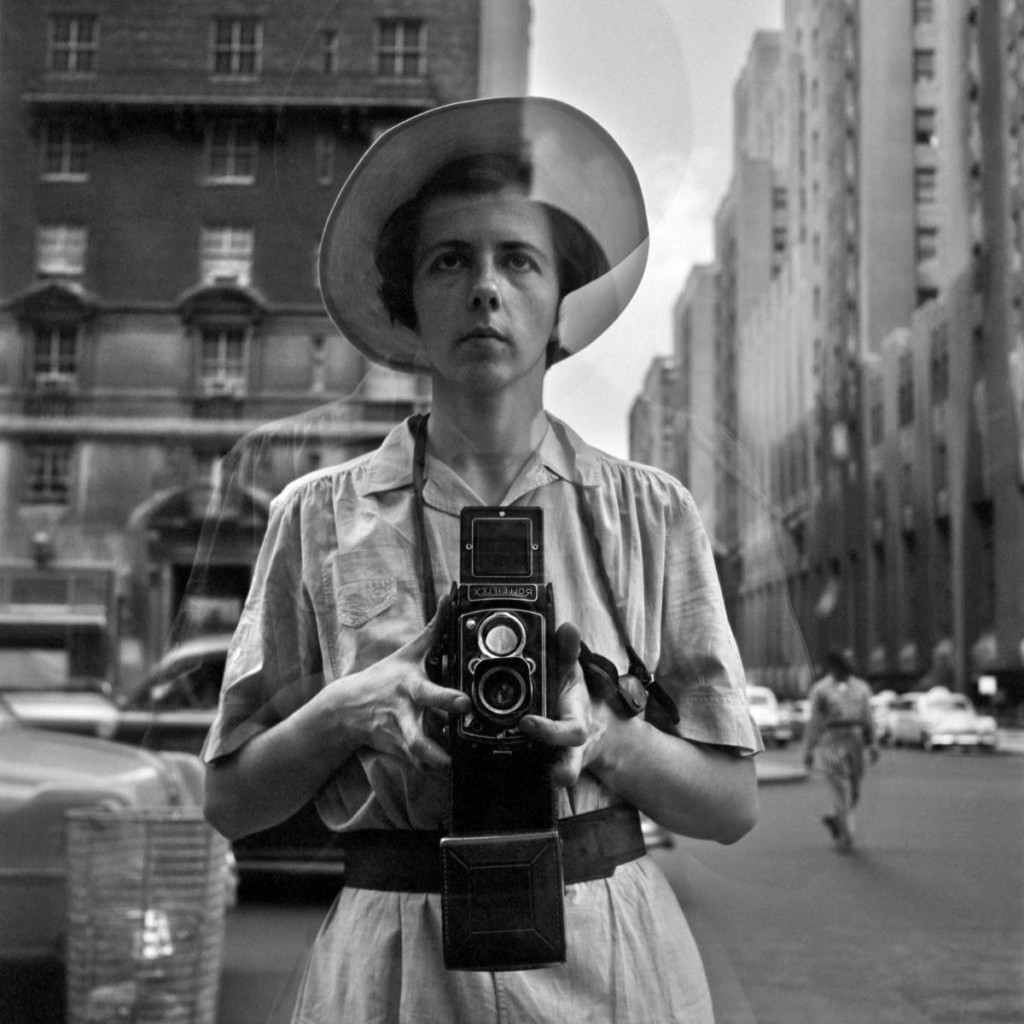
Whenever you think about Street Photography, Vivian Maier is the most famous female Street Photographer. Probably the icon of Street Photography, she represents what this genre is all about. Being a silent observer wandering through the streets she documented Chicago in her own way, leaving a collection that remains as a testament to her own time.
Vivan Maier born in 1926 in New York City, died in 2009, but it was only after her death, that her pictures truly came to life and reached a huge audience.
With her Rolleiflex she came close without being disturbing, capturing candid moments in the streets of Chicago.
Although being very introverted, her job as a nanny gave her a good reason to wander the streets and allowing her to document the city as she experienced it.
Her images often show a very classy side of society focusing on other women’s fashion or general lifestyle but are never obscene. Often, she implies a sense of humor when showing juxtapositions that are very timeless and understood even to this day.
This is the reason why her images are truly classic and have aged very well. They may be 50 years old, but very up-to-date.

Diane Arbus
Her outstanding Monography (Amazon)
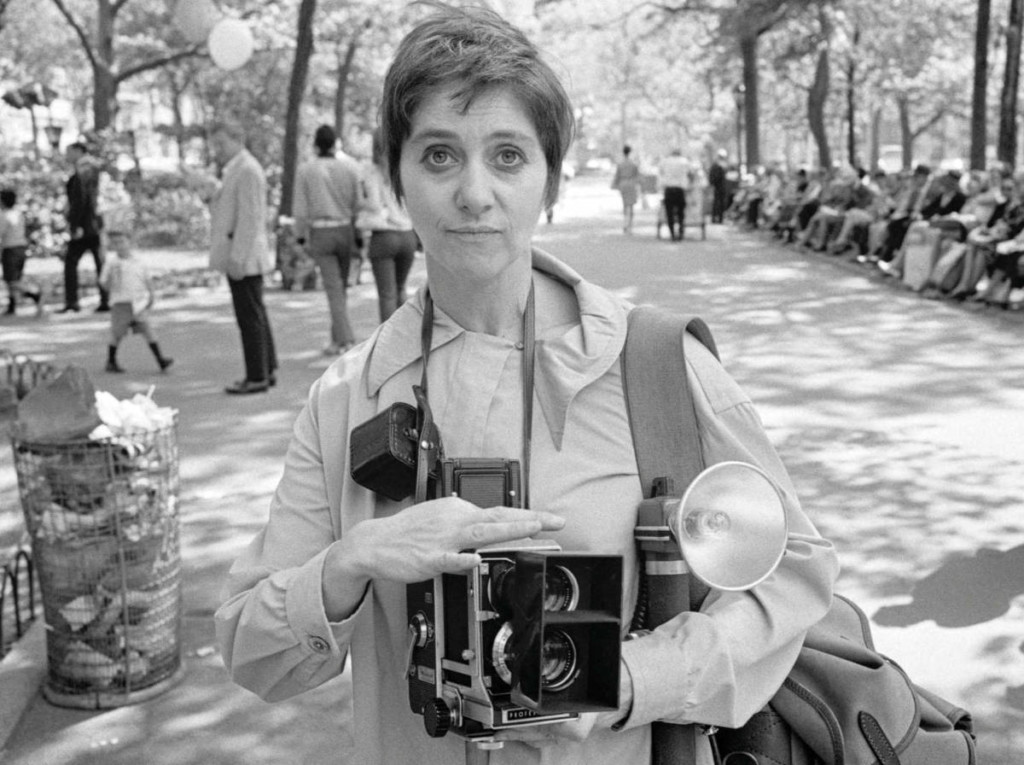
Where Vivian Maier showcased the normal everyday life of Chicago, Diane Arbus deliberately reached out to people on the edge of the society. Born in New York City in 1923 she portraited transvestites, prostitutes or mentally ill persons.
Although these people haven’t been accepted by society and often were part of a circus where people paid money to stare at them, Diane Arbus quickly made a connection with them.
Her book “Diane Arbus: An Aperture Monograph” is one of the best-selling photography books to this day.
Having a very sheltered childhood, her photography could be seen as a breakaway form and her way of immersing in a different world, that she wasn’t able or allowed to experience early in her life.
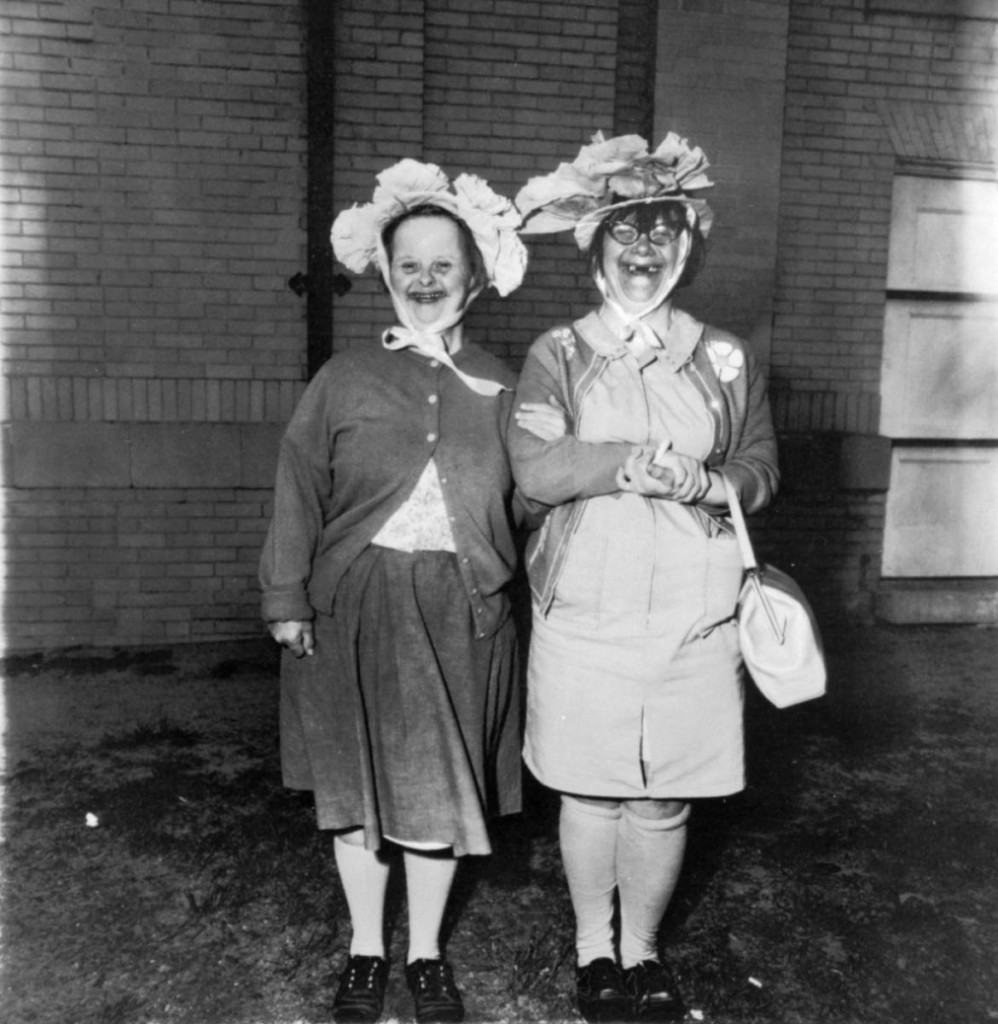
Mary Ellen Mark
Her book “Portrait and the Moment” on Amazon
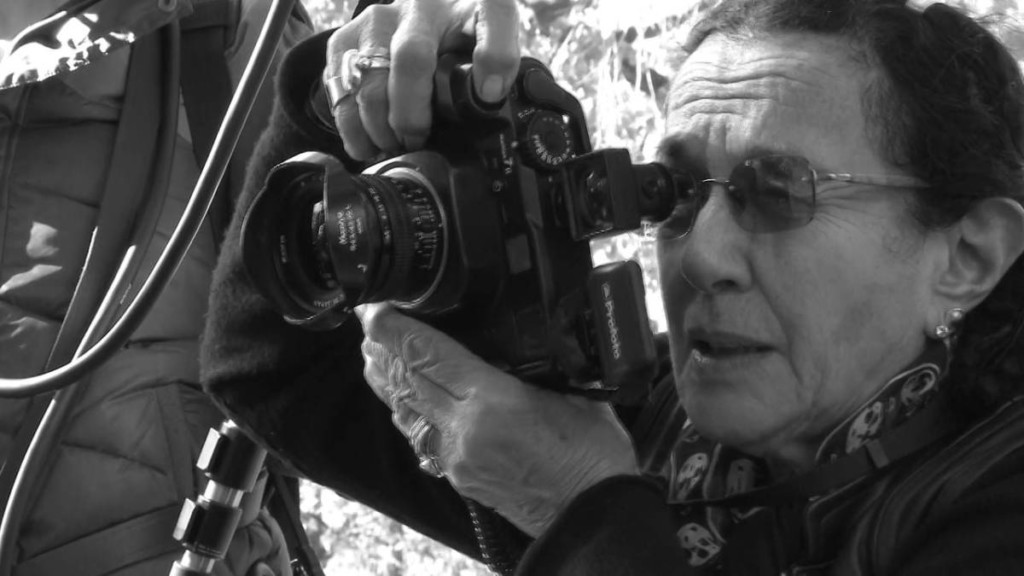
The New York Photographer that recently passed away in 2015 remains as one of the main characters of the Street Photography documentary “Everybody Street”.
Similar to Diane Arbus, Mary Ellen Mark was interested in characters away from the society.
During the beginnings of her photojournalism career, she was faced with hostility surrounding the rough areas she tried to document. In one case she even got punched in the face, but this didn’t stop her from completing important series of teenage heroin addicts, or prostitutes in India.
Her ability to become friends with these special characters very quickly shows in her very emotionful work.
“I care about people and that’s why I became a photographer”
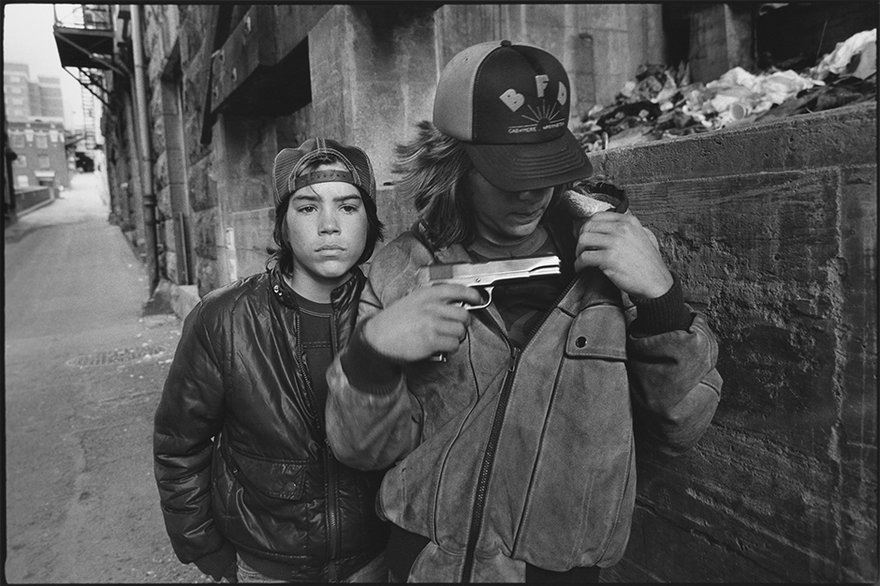
Dorothea Lange
“A life beyond Limits“
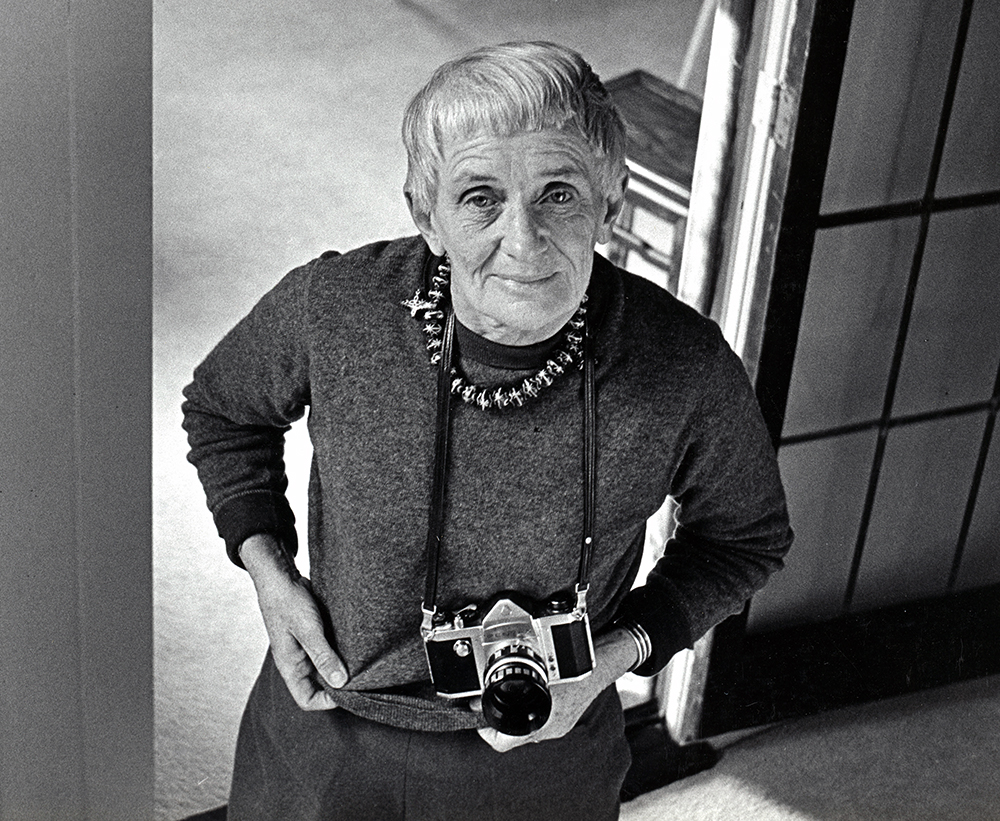
Describing her as a Street Photographer would be quite the understatement. Long before personas like Henri-Cartier Bresson or Vivian Maier hit the street, Dorothea Lange was one the first photographers focusing on Documentary Photography and on of the most influential photojournalists of the 20th century.
Born in 1895 she started as a normal studio photographer, but as the experienced the “Black Tuesday” and saw the economy crashing, resulting in poverty next door, she decided to take her camera and document this drastic change. Based in San Francisco she began to photograph political rallies and strikes.
In a time where the term “Street Photography” wasn’t established yet, she began to document the life on the street, especially the poorest of society.
Mandated by the FSA to document the living conditions in rural areas, she shot her most famous picture “Migrant Mother” and created an excellent example of photojournalism.
After publishing this series the government ordered to send more than 9.000kg of food as imminent aid.
To this day, “Migrant Mother” remains one of the most popular and influential pictures existing and is important to understand is crucial to the history of photojournalism.
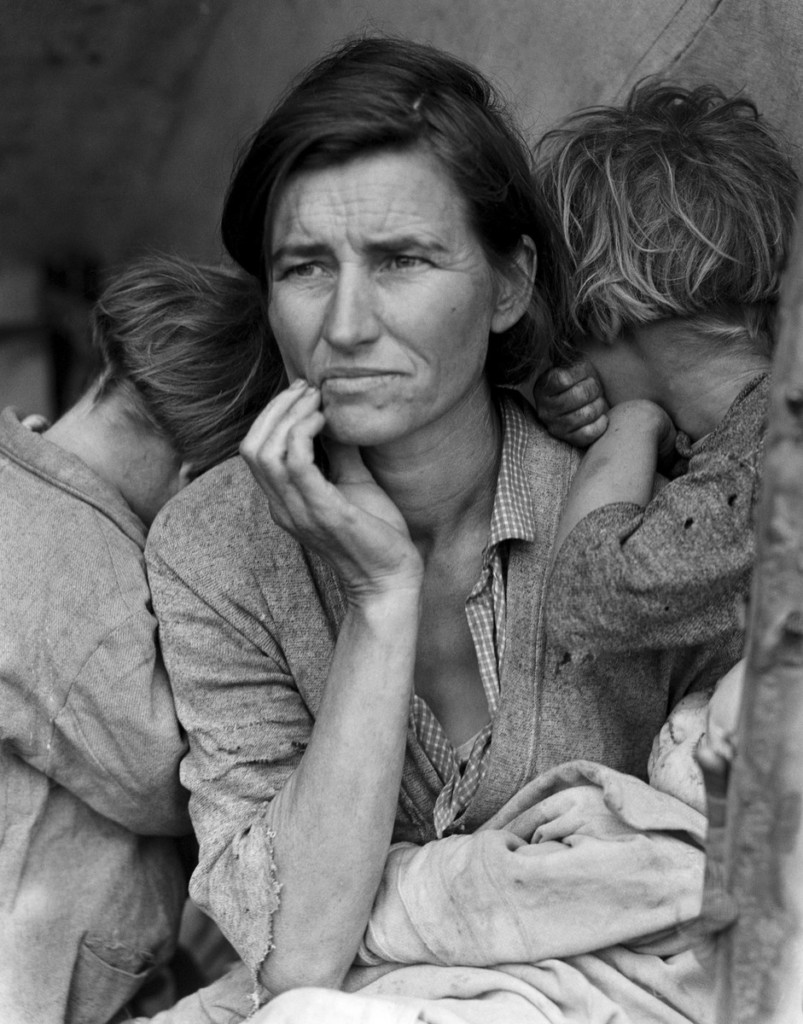
Helen Levitt
Her Monography
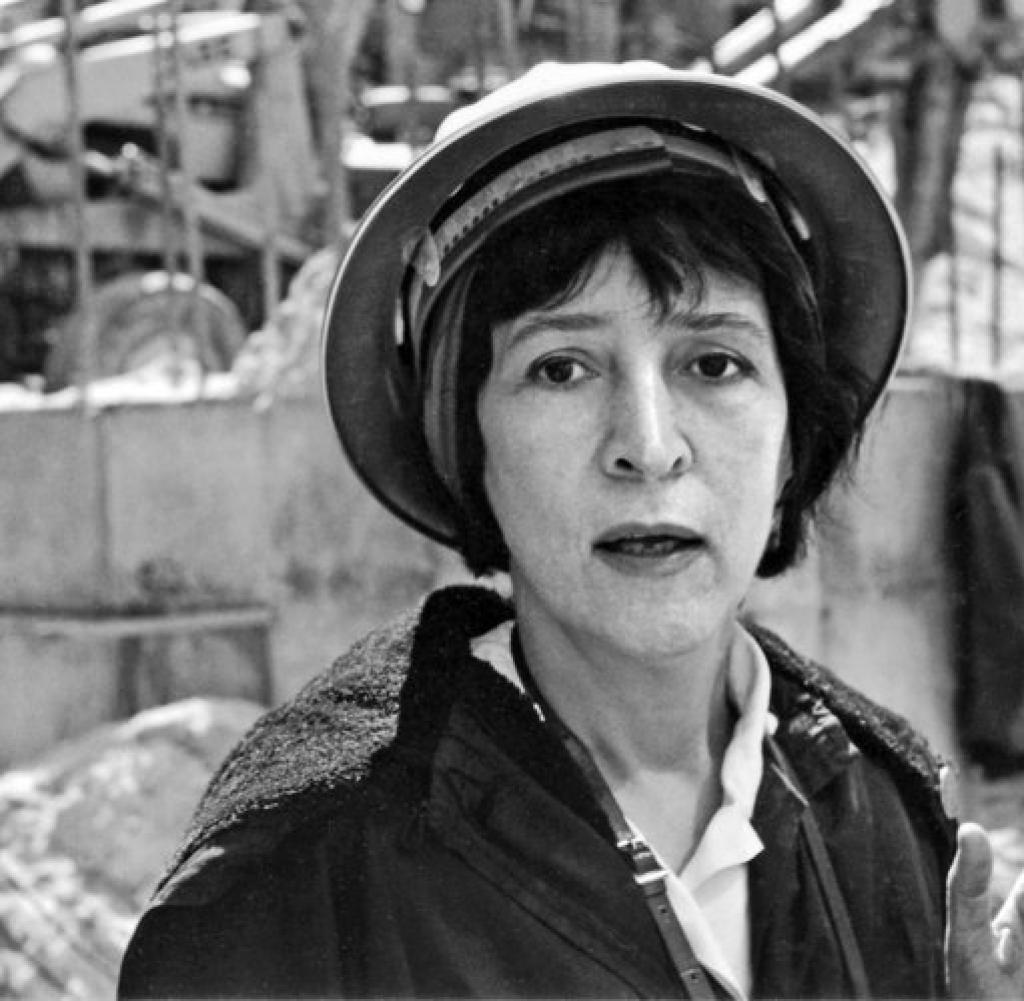
Not good enough to draw, Helen Levitt decided to try her luck in photography. It was probably for the better, that she wasn’t very talented with the pencil, but that the camera lens allowed her to capture the streets of New York from her perspective.
She started as an assistant in a photo studio, but a meeting with Henri-Cartier Bresson in 1935 changed her view of photography. From then, she accompanied him on his wanderings through the city and became more interested in Street Photography than the typical studio work.
Street Photography on its own wasn’t very profitable, so she began to create movies. One of her first works “In the Street” received positive acclaims, even by Charlie Chaplin.
Levitt’s pictures are direct and without any hidden social annotations. She said that she wasn’t interested in the life of her subjects, nor that she was a sociologist. What mattered to her where the images – that was all she cared about.
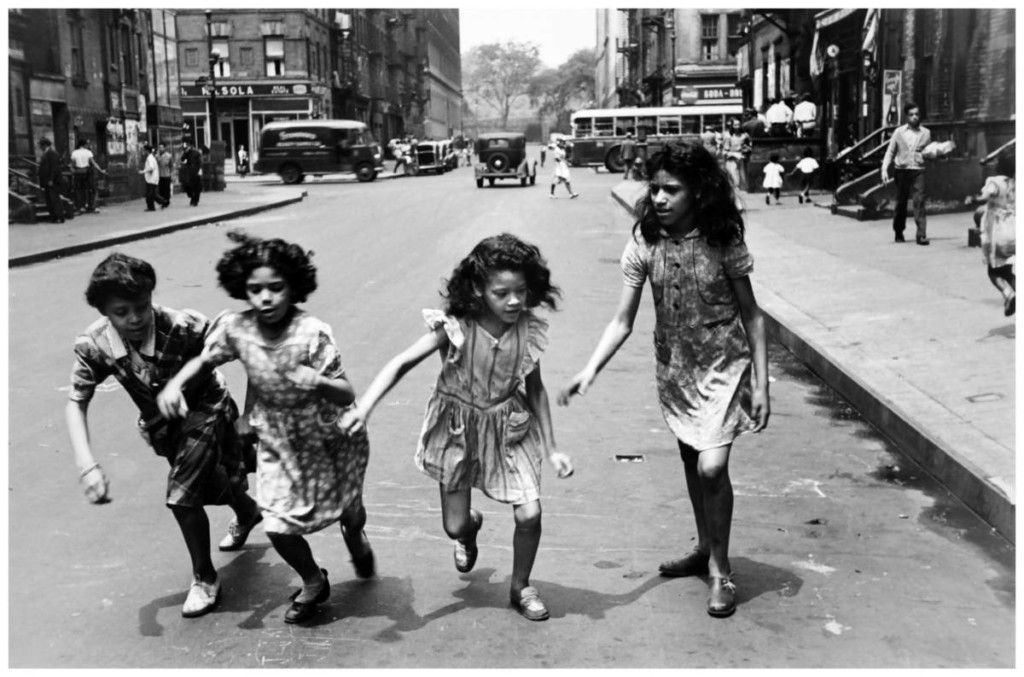
Berenice Abbott
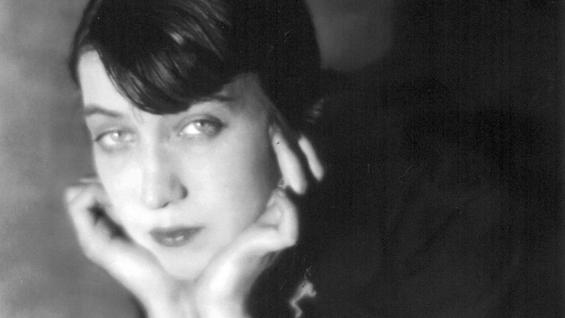
Starting as a studio photographer Berenice was forced to close down her own studio due to the economic crisis in 1932. This led her to photograph the street and what began under compulsion, rose to her first passion.
Her book “Changing New York” became a cornerstone for Street Photography and New York City. In competition with other New York photographers, she managed to stand out and her book was a huge success.
In her work, she doesn’t focus on people but is interested in architecture and everything surrounding the people. She documents the change from primitive wooden houses to skyscrapers. Although her work features more bricks & mortar than life itself, her images never appear to be distanced or cool. She implies life with her own type of photography in her pictures without showing it directly.
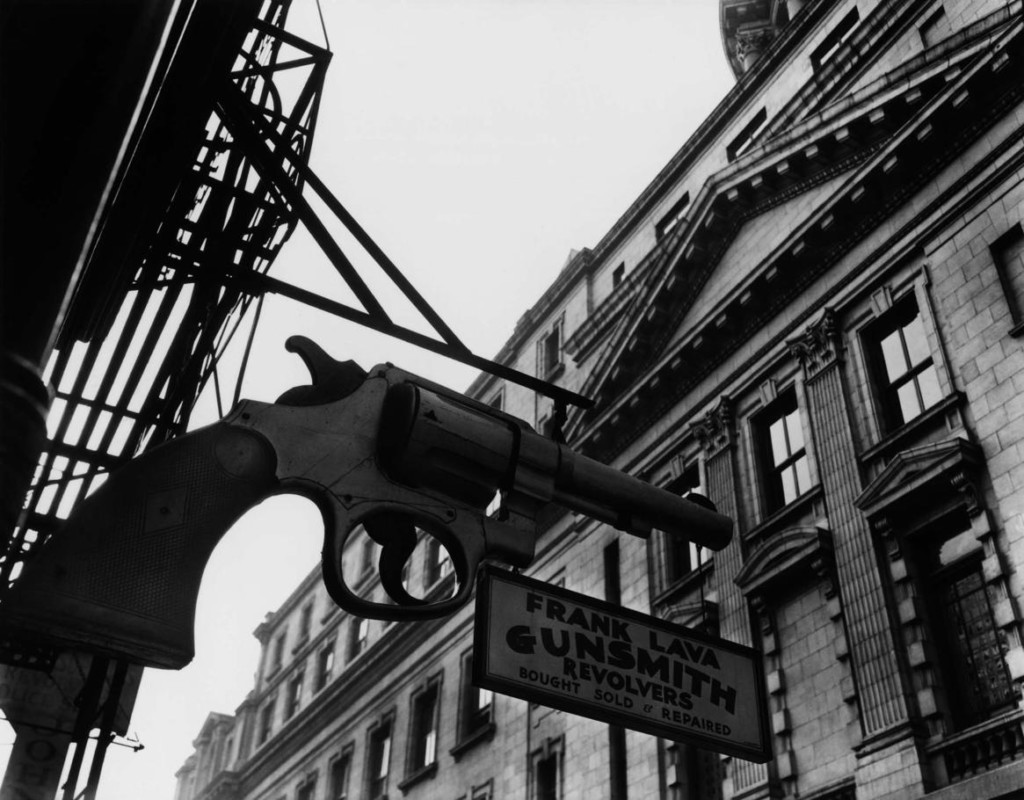
Lisette Model
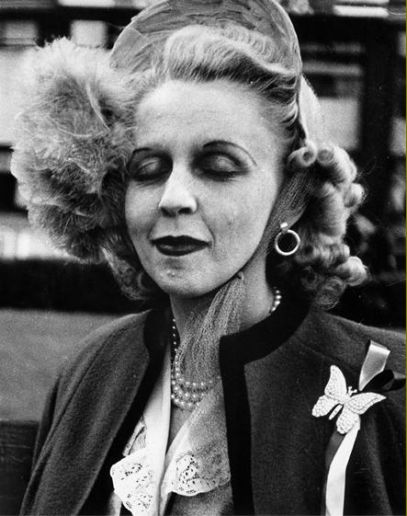
As an instructor of Diane Arbus, Lisette Model not only made famous pictures herself but had a huge influence by teaching photography at the New School for Social Research in New York raising wonderful students like Diane Arbus.
More interested in the darkroom process she saw photography more as a tool to get creative in the development process.
It is no surprise that her work is very similar to Arbus’s but still remains unique, especially considering that she was one of the first to delve that deep into Social Documentary Photography.
Model’s images are the basis for close-up candid portraits that show the true face of her subjects instead of letting them pose.
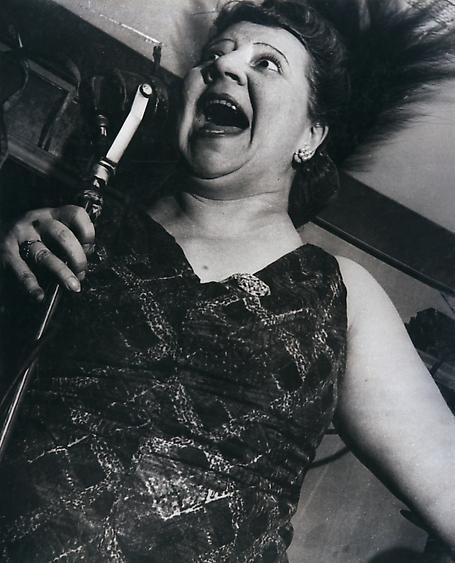
Margaret Bourke-White

After finishing her studies in 1927 she opened her own photo studio in Ohio as an architecture and industry photographer. Her early work already showed her strength in documenting series rather than having isolated single images.
In her architecture work, she documented the rise and fall of the American economy. Assignments led her to the Soviet Union and Germany where she documented the industrialization and transition from small manufacturers to huge industrial complexes.
Her first assignment that put life in focus was in 1937 where she documented farmer in the south of USA.
The second World War led her back to Germany where she documented the liberation of the concentration camp Buchenwald.
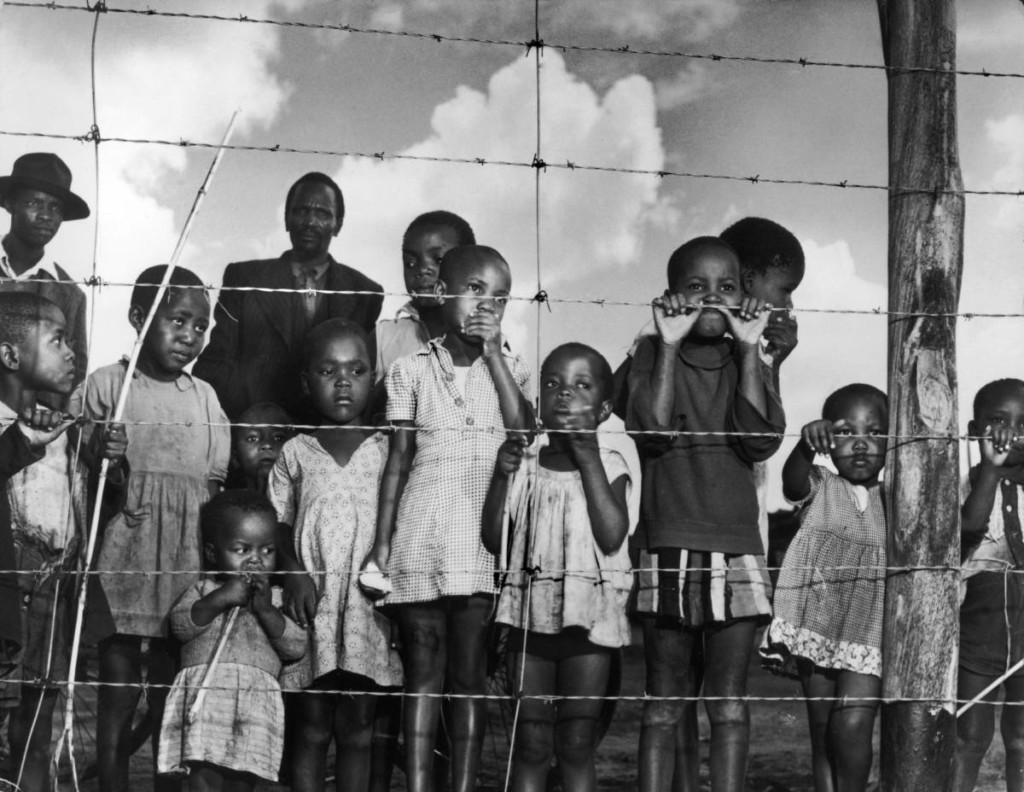
Jill Freedman
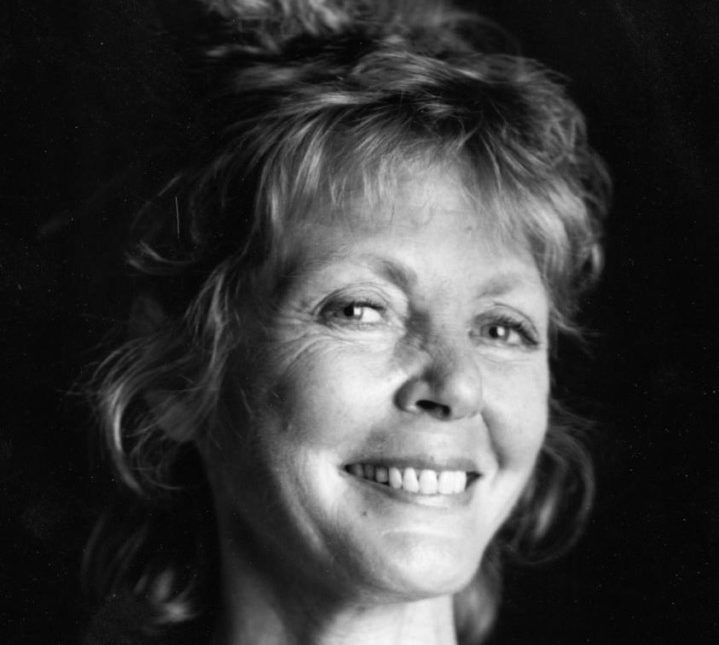
Born in 1939 in Pittsburgh, she worked in New York City since 1964 in the advertisement industry.
Fascinated by the Life Magazine in her childhood and the documentation of war, the pictures she saw had a lasting impression on her. With her Street Photography, she wanted to reach the people and tell the stories of the characters she met on the street.
She took the photojournalism approach to the street and instead of simply publishing single images, she worked on long-term projects like a circus moving through New York, firefighters or policemen.
In the late 70s, this form of the photographic essay was already a dying form of storytelling. Time and Life magazine had a decline in sales and subscriptions and couldn’t afford to run such long-term projects that needed multiple years until Freedman was satisfied to publish them. Therefore, she published her photo series as books and sold prints to make a living.
She was one of the featured photographers in the Street Photography movie Everybody Street.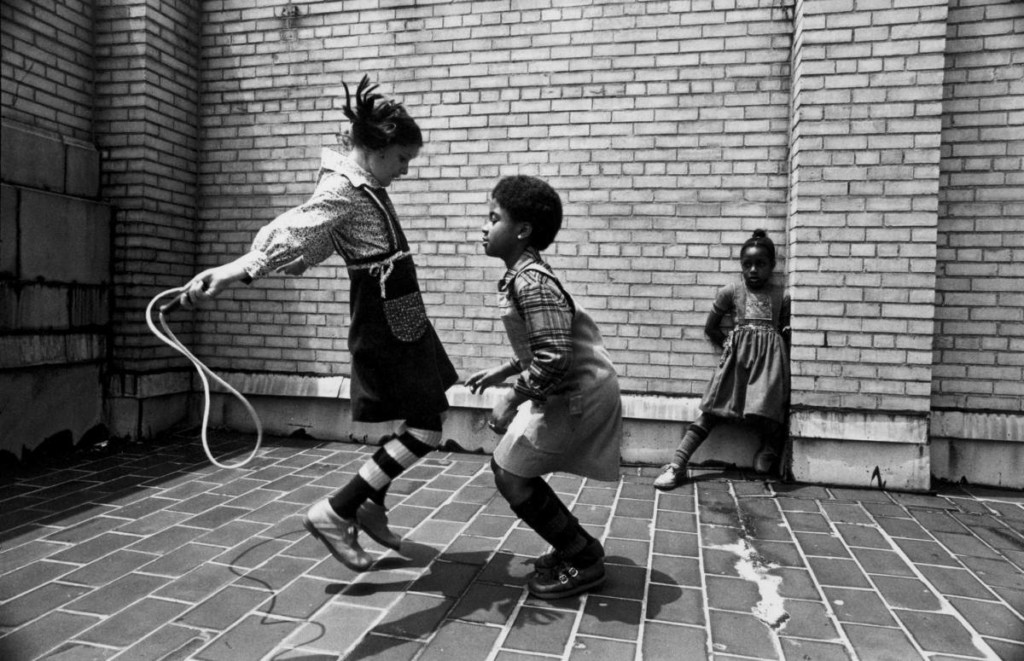
Lee Miller
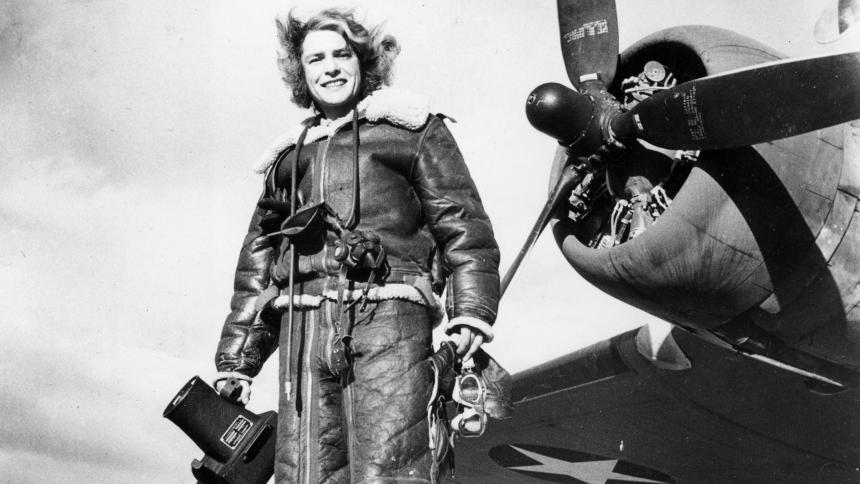
Starting out in front of the camera as a model for Vogue and the Vanity Fair in the late 1920s and early 30s, she wasn’t interested in taking pictures herself. That changed when during a stay in Paris she met the photographer and artist Man Ray.
After a short liaison with Man Ray, she decided to run her own photo studio doing portrait photos in Paris.
During the Second World War, she was one of the few female war correspondents working alongside Margarete Bourke-White documenting the liberation of the concentration camps Buchenwald and Dachau.

Stay Curious
Sebastian Jacobitz



